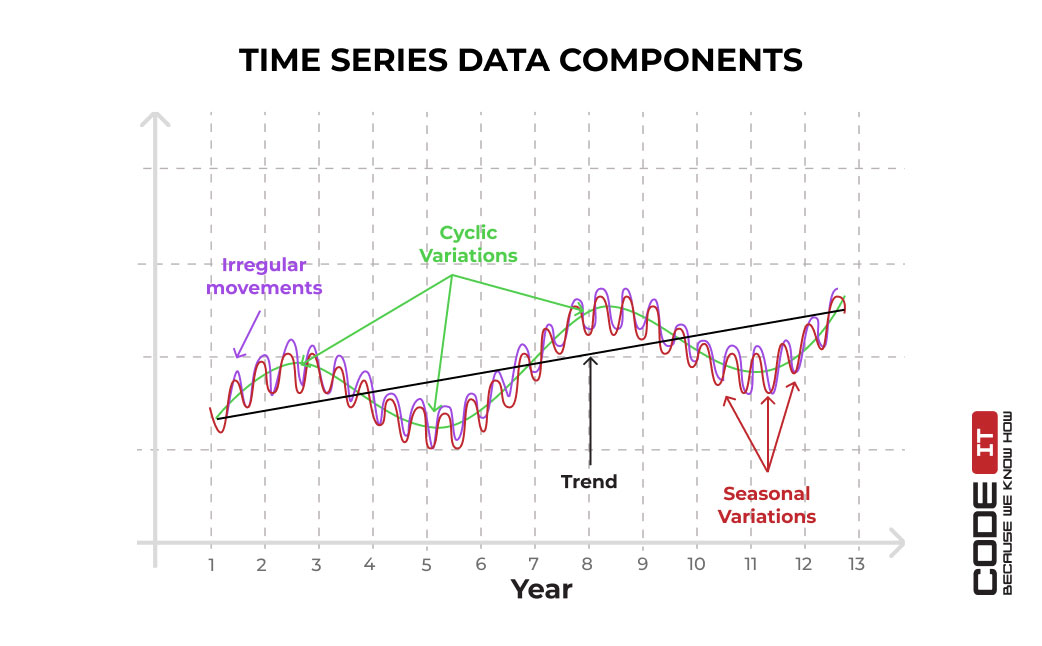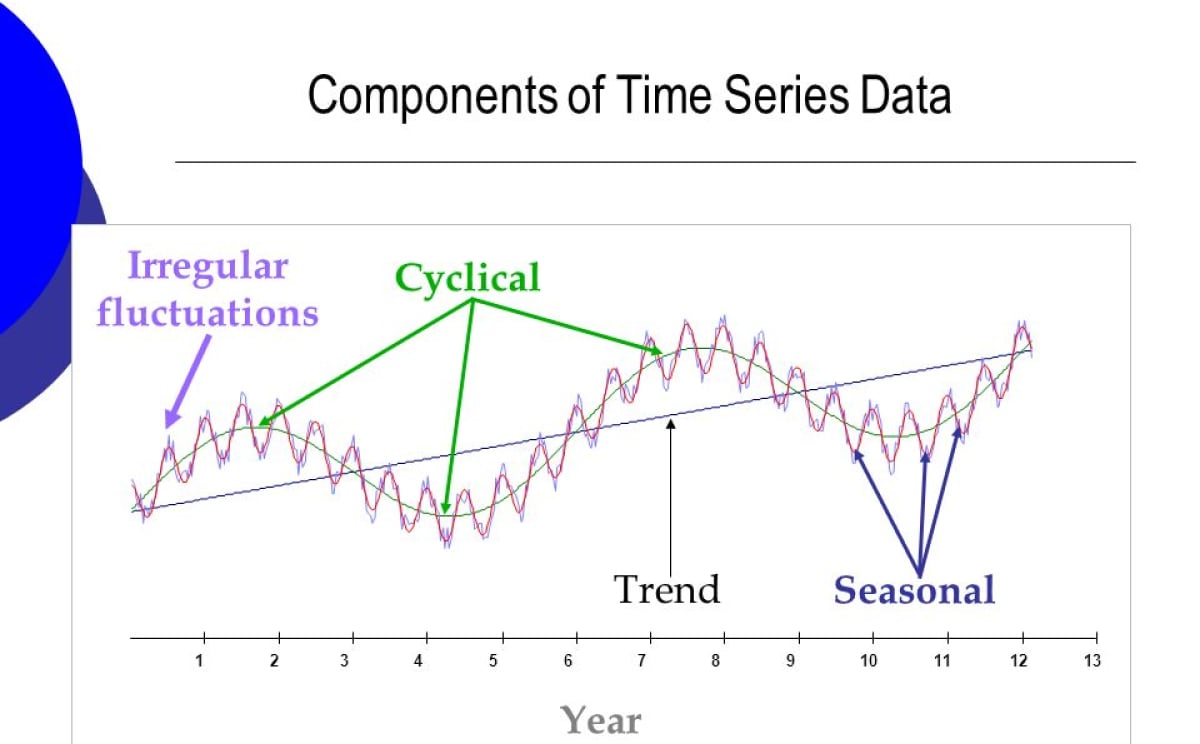Underrated Ideas Of Tips About What Are The Four Types Of Time Series Models Plot Without Axis In R

Time series can be classified into two different types:
What are the four types of time series models. How to understand a time series? What is time series forecasting? Simple but often serves as a baseline for more complex models.
Informally, autocorrelation is the similarity between observations as a function of the time lag between them. It captures the overall tendency of the. A time series is a data set that tracks a sample over time.
Major components of time series analysis; A stock series is a measure of certain attributes at a point in time and can be thought of as “stocktakes”. Times series analysis helps us study our world and learn how we progress within it.
The importance of time series analysis. Time series analysis is used to determine a good model that can be used to forecast business metrics such as stock market price, sales, turnover, and more. Cloud security at tenable starts with a unified cnapp powerful enough to manage posture, secure workloads, govern identity & access management, and much more.
We have to distinguish between a stochastic process (also called time series process or model) and a time series. Importance of selecting the right time. To understand time series models and how to analyze them, it helps to know their three main characteristics:
What is time series analysis and what is its importance? Time series analysis in python. It does not account for trends, seasonality, or other factors that can affect demand.
In particular, a time series allows one to see what factors influence certain variables from period to period. Time series forecasting essentially allows businesses to predict future outcomes by analyzing previous data, and providing businesses with a glimpse into what direction data are trending. In time series analysis, time is a significant variable of the data.
For example, the monthly labour force survey is a stock measure because it takes stock of whether a person was employed in the reference week. The following are the two models which we generally use for the decomposition of time series into its four components. Time series analysis and r
Example of an autocorrelation plot. This review represents over 600 combined hours spent using, abusing, and meticulously testing over 40 different ice chests since 2016 — not including the time spent researching hundreds of new and promising models to find the ones worthy of inclusion. The four variations to time series are (1) seasonal variations (2) trend variations (3) cyclical variations, and (4) random variations.
Methods such as autoregressive integrated moving average (arima) models also fall under this category—but more on that later. Model evaluation and selection techniques for time series data. Identify the purpose of time series forecasting.























